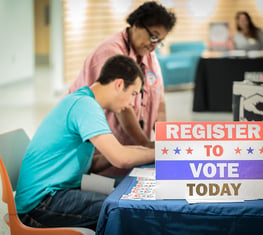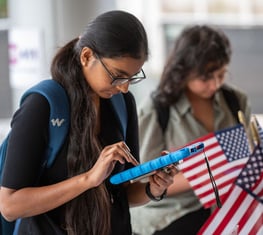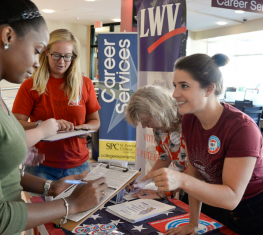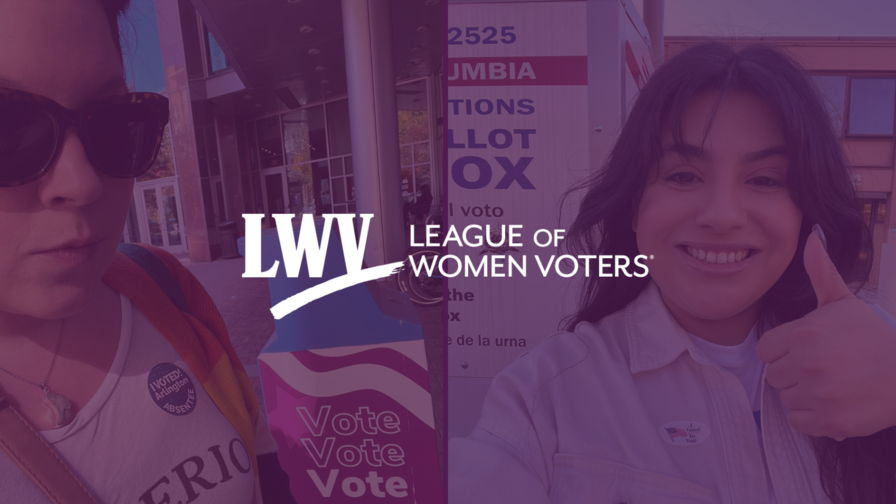Knowing the Difference: Voting Absentee vs. By Mail
Rachel Appel also contributed to this article. Updated 10/29/24.
With elections approaching, it's time to start making your plan for how you will cast your vote safely and securely on or before Election Day.
A voting plan is your playbook for what you will do to cast your ballot for the upcoming election. For some, it may mean getting up early to go to the polls in person, taking time off from work, or taking advantage of local early voting locations. Creating a voting plan that gives you options and a backup in case you can’t make it to the polls on Election Day benefits all voters and makes participation more accessible.
If you can’t access in-person voting options, one of the best ways to participate is to vote absentee or by mail. More and more Americans are using these methods to vote in upcoming elections, so it is important to understand the similarities and differences between the two.
While the terms "vote-by-mail" and "vote absentee" are often used interchangeably, there is a difference between the two systems. We’re here to break down the terms so you know exactly how to make your voice heard and participate in upcoming elections.
Absentee and Vote-by-Mail
The most significant difference between “absentee” and “vote-by-mail” is whether a voter has to request a ballot be sent to them.
States that use an absentee voting system require voters to ask via mail or email for a ballot. Those voters are usually required to state why they cannot vote on Election Day.
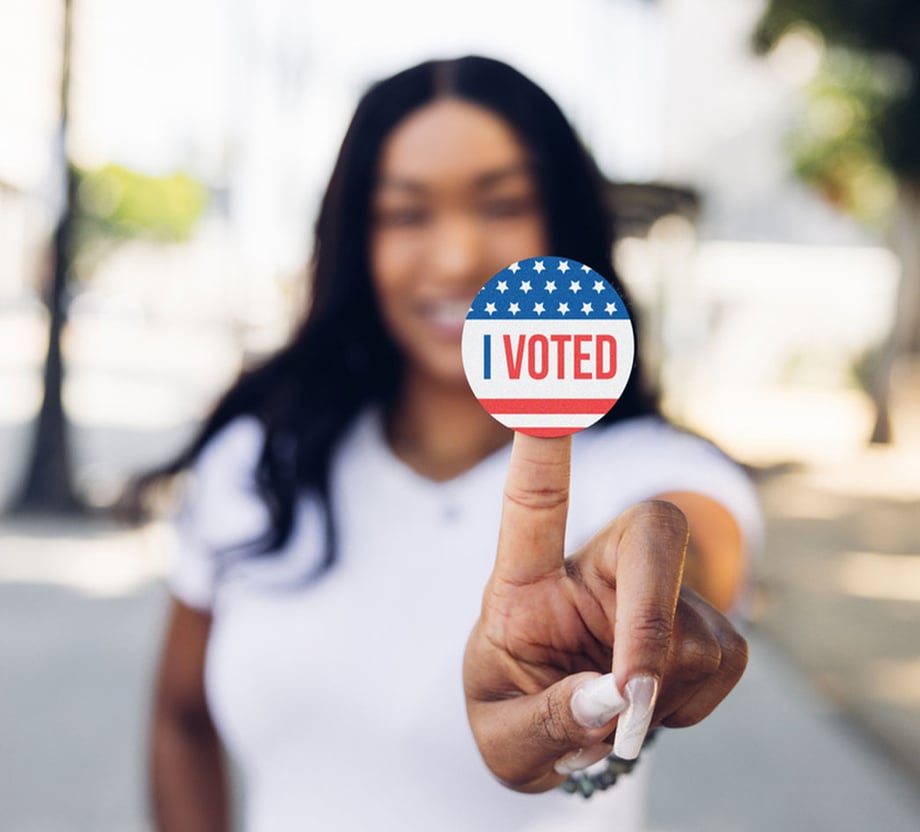
Meanwhile, a state that uses a vote-by-mail system proactively mails a ballot to every registered voter without the voter needing to ask for it. Most states with vote-by-mail systems and all states that offer absentee voting have in-person polling places for those who want or need to cast their ballot early or on Election Day.
"Excuses" to Vote Absentee
Many states with absentee voting require “excuses” for why you’re requesting an absentee ballot and can’t show up to vote on Election Day. Some acceptable excuses include being out of the country on Election Day, having an illness or a disability, or working during voting hours. Be sure to check VOTE411 to learn what excuses your state allows to vote absentee if you do not live in a “no excuse” absentee state.
Returning Your Ballot
All states allow voters to return their ballots through the mail, and some states have other options too. Several allow voters to drop off their ballots at any in-person voting location in the county, while others allow voters to drop off their ballots in person at their assigned voting location.
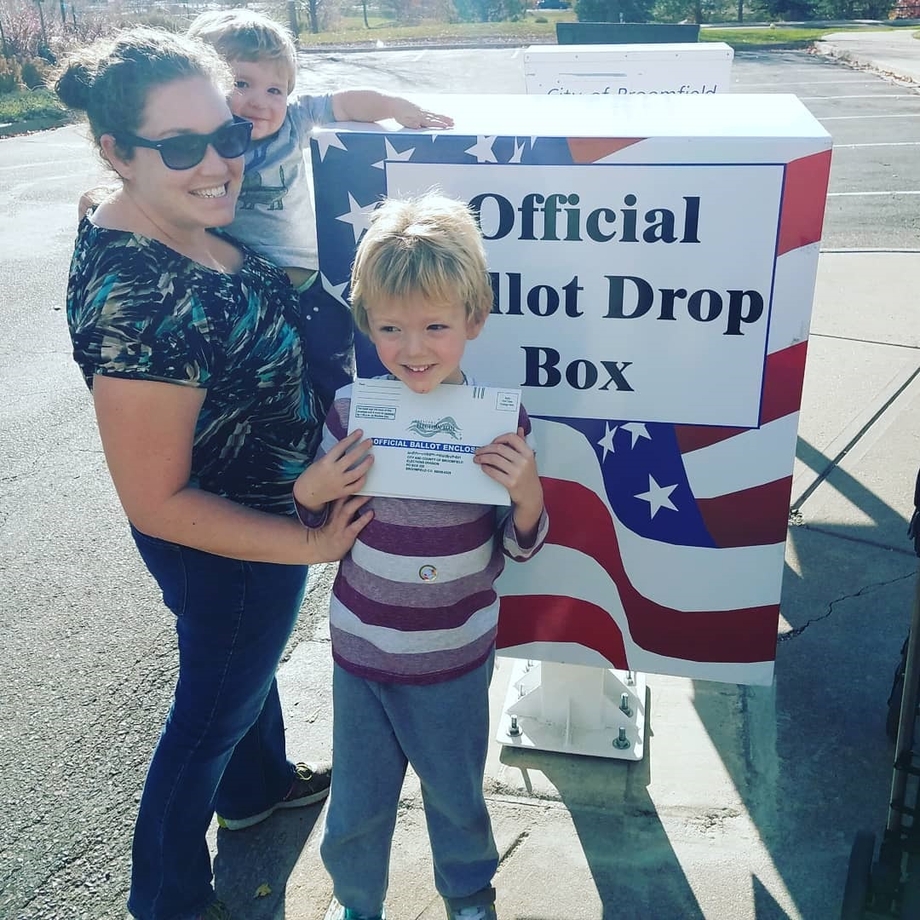
Act Early!
Once you know whether you’re in a state where you need to request your ballot be sent to you (absentee voting), make sure you make that request as soon as possible. The League’s one-stop shop for voting information, VOTE411.org, tells you the deadline by which the appropriate election administrator must receive your ballot. In case of mailing complications, we recommend sending your ballot in early.
Whatever term your state is using to describe its mail voting process, we encourage you to use VOTE411.org to familiarize yourself with the rules and make a voting plan for the election.
The Latest from the League
In November, millions of Americans spent hours waiting in long lines in order to exercise their right to vote. One solution? Implement better early voting laws. Leagues in Florida and New York are showing us how it's done.
Like many Americans, I never know where I’ll be on Election Day. What if I have to travel for work? What if the baby is sick and I can’t make it to the polls? What if I get stuck at the office late and the lines are super long?
From less crowding to more scheduling flexibility, there are a ton of reasons to vote early. We asked our staff why they're casting their ballots in advance of Election Day.
Sign Up For Email
Keep up with the League. Receive emails to your inbox!
Donate to support our work
to empower voters and defend democracy.

